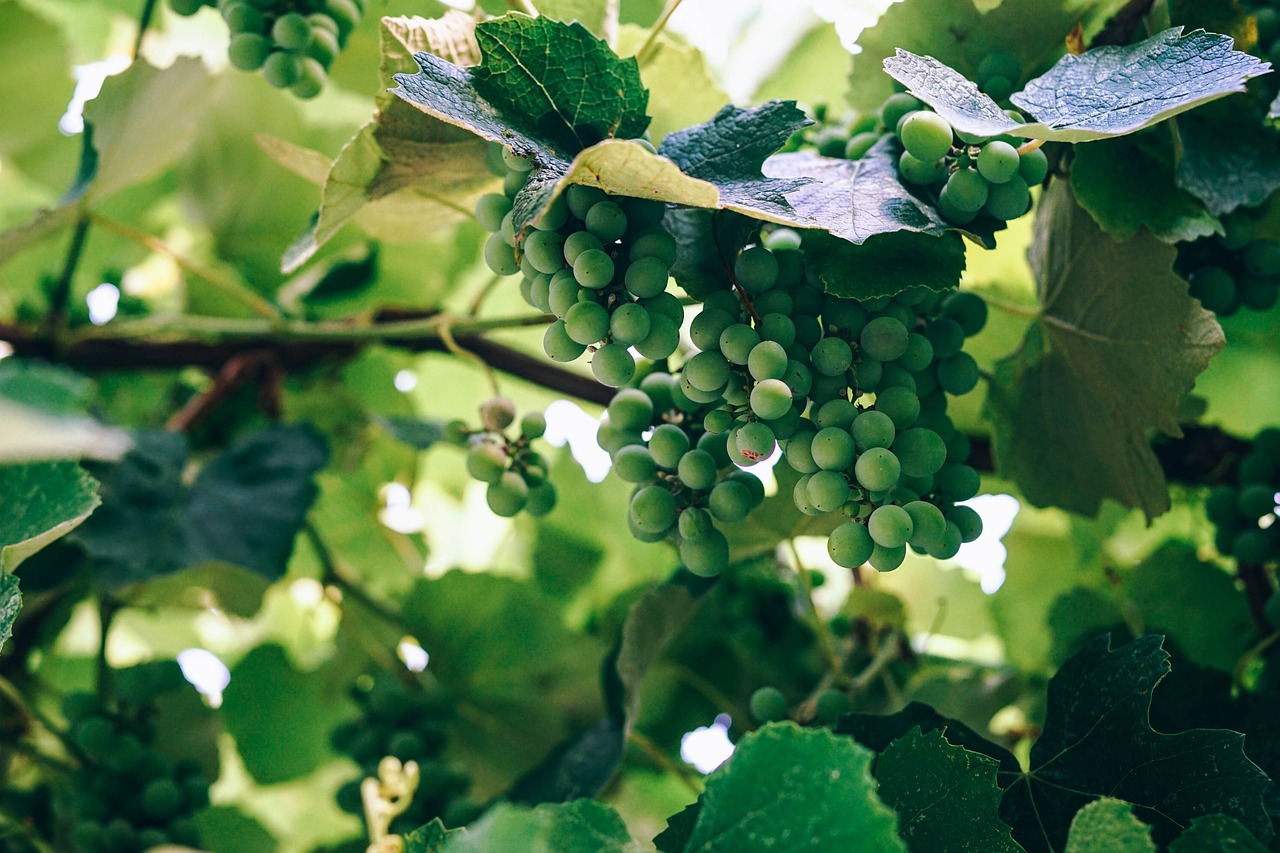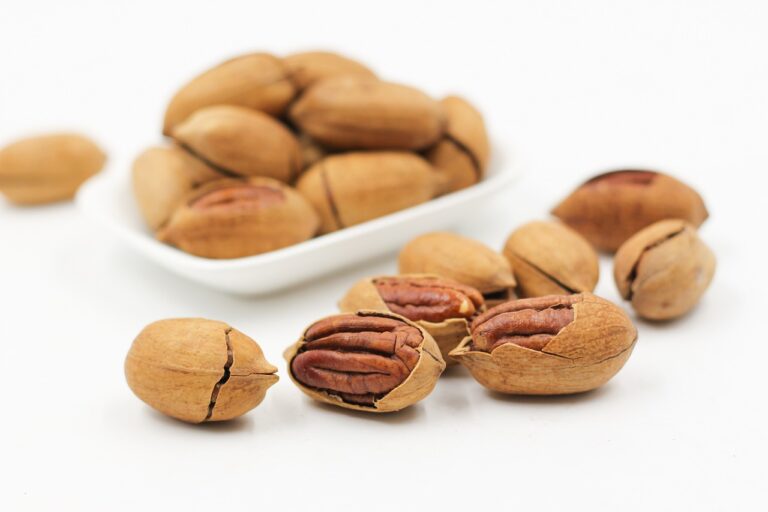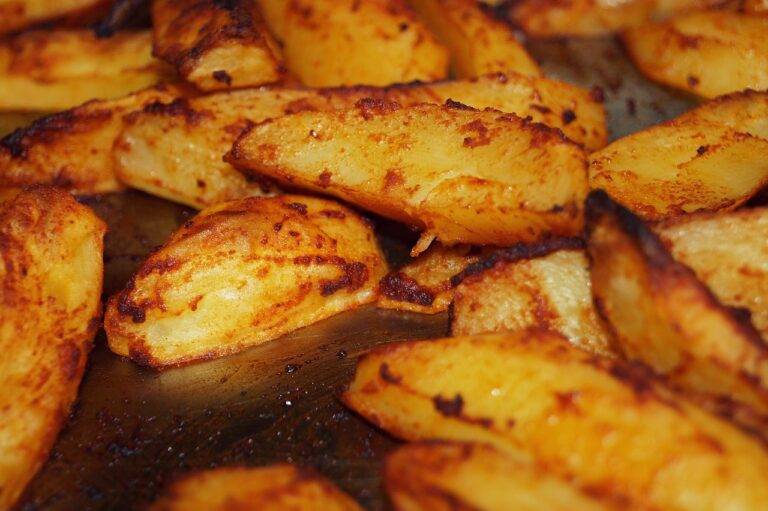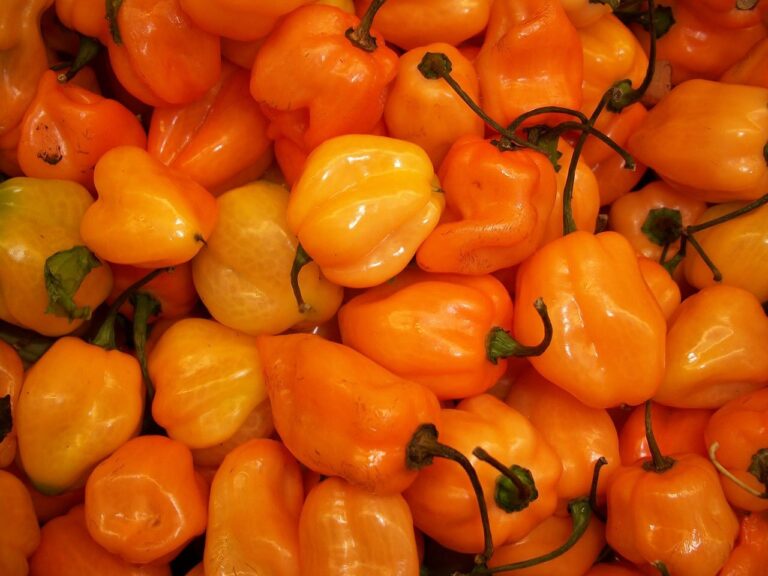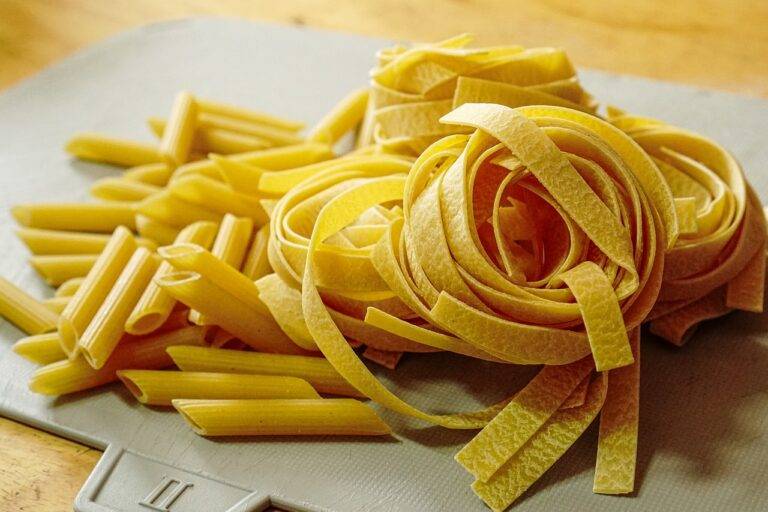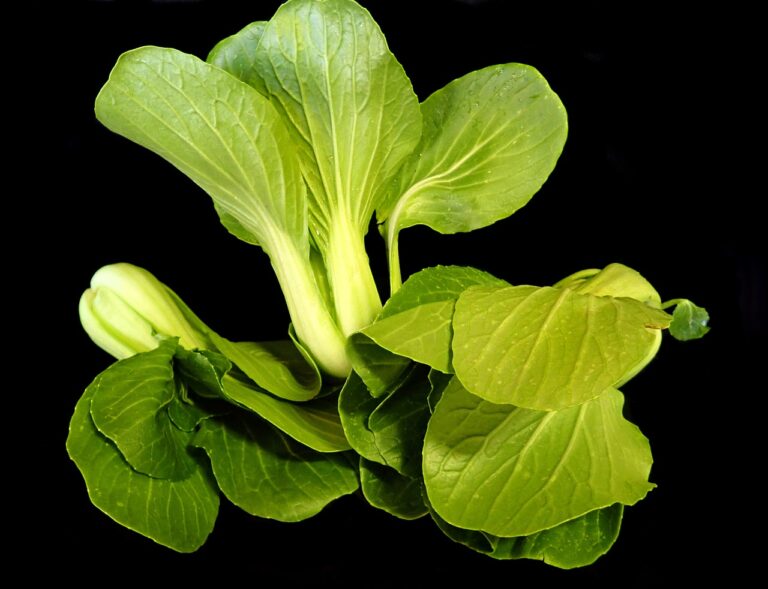Exploring the World of Food Tourism: Culinary Adventures Await
When it comes to exploring the diverse flavors of the world, certain destinations stand out for their exceptional culinary offerings. From the vibrant street food scene of Bangkok, Thailand to the Michelin-starred restaurants of Paris, France, these places have become synonymous with culinary excellence. Travelers flock to these food havens not only to taste the delicious dishes but also to immerse themselves in the rich culinary traditions that have been passed down through generations.
In addition to the well-established culinary capitals, emerging destinations are also making a mark on the global food scene. Cities like Lima, Peru and Seoul, South Korea are gaining recognition for their innovative fusion cuisines and creative culinary techniques. These up-and-coming culinary hotspots are attracting food enthusiasts who crave unique and unforgettable dining experiences.
Unique Food Experiences around the Globe
From the vibrant street food culture of Bangkok, where vendors line the bustling streets serving up freshly made Pad Thai and aromatic coconut curries, to the elaborate kaiseki meals of Kyoto, Japan, showcasing the delicate art of Japanese cuisine, unique food experiences can be found across the globe. Travelers can indulge in the rich and spicy flavors of authentic Mexican mole in Oaxaca or savor the buttery croissants and decadent pastries in the charming cafes of Paris.
For those seeking unconventional culinary adventures, South Korea offers the opportunity to dine in themed restaurants, from whimsical fairy tale cafes to prison-themed eateries where diners are served meals behind bars. In Peru, visitors can explore the high-altitude flavors of Cusco’s traditional dishes made with indigenous ingredients like quinoa and alpaca meat, providing a unique gastronomic journey that connects people to the region’s cultural heritage.
• Indulge in the rich and spicy flavors of authentic Mexican mole in Oaxaca
• Savor buttery croissants and decadent pastries in the charming cafes of Paris
• Dine in themed restaurants in South Korea, from fairy tale cafes to prison-themed eateries
• Explore high-altitude flavors of Cusco’s traditional dishes made with indigenous ingredients like quinoa and alpaca meat
Traditional vs Modern Food Tourism
Traditional food tourism revolves around experiencing authentic dishes deeply rooted in a region’s culture and history. Travelers immerse themselves in traditional cooking methods, local ingredients, and age-old recipes passed down through generations. It offers a glimpse into the culinary identity of a place, providing a sense of nostalgia and connection to the past.
In contrast, modern food tourism focuses on innovative and cutting-edge dining experiences that push boundaries and challenge traditional norms. It caters to food enthusiasts seeking avant-garde flavors, inventive presentations, and fusion cuisine that blend different culinary traditions. Modern food tourism embraces experimentation and creativity, offering a fresh perspective on the evolving landscape of global gastronomy.
What are some examples of world-renowned culinary destinations?
Some examples of world-renowned culinary destinations include Italy, France, Japan, Thailand, and Mexico.
What are some unique food experiences around the globe?
Some unique food experiences around the globe include dining at a Michelin-starred restaurant, participating in a cooking class in a foreign country, and trying local street food markets.
What is traditional food tourism?
Traditional food tourism involves exploring and experiencing the traditional cuisines and culinary practices of a particular region or country.
What is modern food tourism?
Modern food tourism involves exploring and experiencing contemporary food trends, fusion cuisines, and innovative dining concepts in different parts of the world.
How does traditional food tourism differ from modern food tourism?
Traditional food tourism focuses on preserving and celebrating traditional culinary heritage, while modern food tourism embraces innovation and experimentation in food culture.
Can you enjoy both traditional and modern food tourism experiences during a trip?
Yes, travelers can enjoy a mix of traditional and modern food tourism experiences during a trip by exploring both local traditional dishes and modern food trends in a destination.

